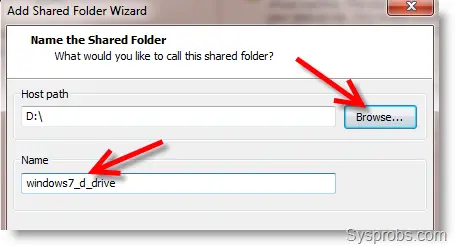

Here, select “ Enable this share” option and click on the “ Finish” button. Now, click on the “ Browse” button and select the folder you want to share with the guest operating system. Next, select the “ Always Enabled” radio option on the right panel and click on the “ Add” button.ĥ. Here, select “ Shared Folders” option on the left panel. In the Virtual Machine Settings window, go to the “ Options” tab. If you are using VMware Player, you will see the same option in the bottom right corner.Ĥ. After confirming the VM is turned off, select it on the left pane and click on the “ Edit virtual machine settings” option. Otherwise, you cannot add a shared folder.ģ.

i.e, it should not be in the running or paused state. After opening VMware, make sure the target guest operating system is completely turned off. Open the VMware application by searching for it in the start menu or by double-clicking on the desktop icon.Ģ. However, even if you are using VMware Player, the steps are very similar.ġ. Note: I’m showing this in VMware workstation. Without the VMware Tools installed, the guest operating system cannot detect the shared folder due to driver issues. Before proceeding, make sure that you have already installed VMware Tools in the guest operating system.

VMware makes it quite easy to add a shared folder. Note: The steps shown below can also be followed in Windows 8 (and 7). So, without any delay, follow the below steps to create a VMware shared folder between host and guest in Windows 10. After creating the shared folder, you can access the folder as a shared folder or network drive in the guest operating system. In those cases, you can share the host folder with VMware’s guest operating system by creating a VMware shared folder. Especially for quick access without transferring.

However, this might not be sufficient for other workflows. To makes things easier, you can install VMware tools and enable the drag and drop feature for file transfers. This isolation provides better security but also makes it quite hard to move or copy files between the guest and host or vice-versa. When you install a virtual operating system in VMware, it is completely isolated from the host operating system.


 0 kommentar(er)
0 kommentar(er)
